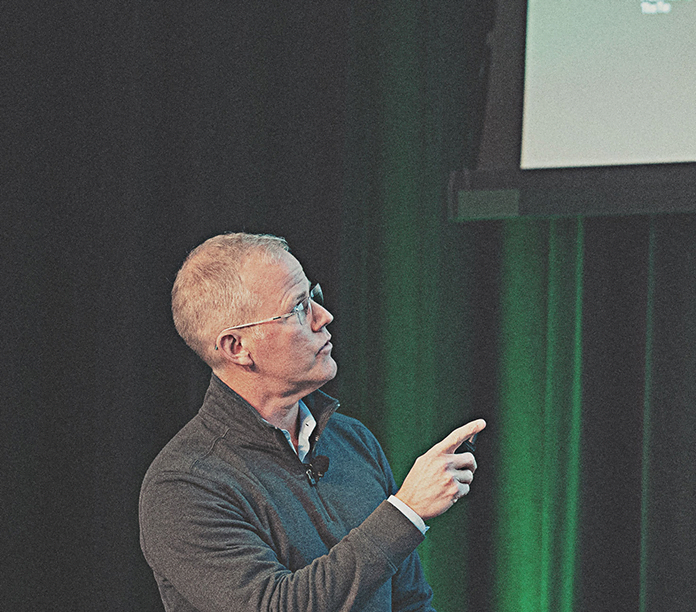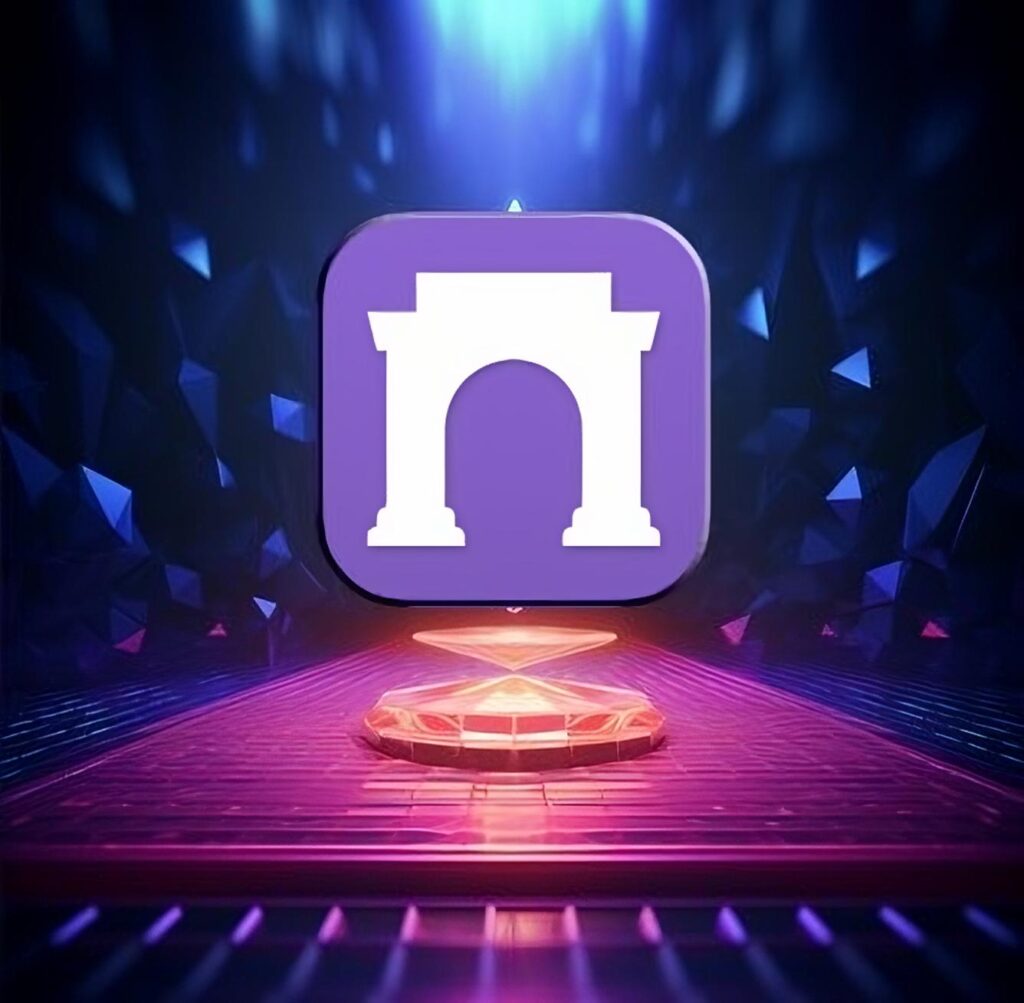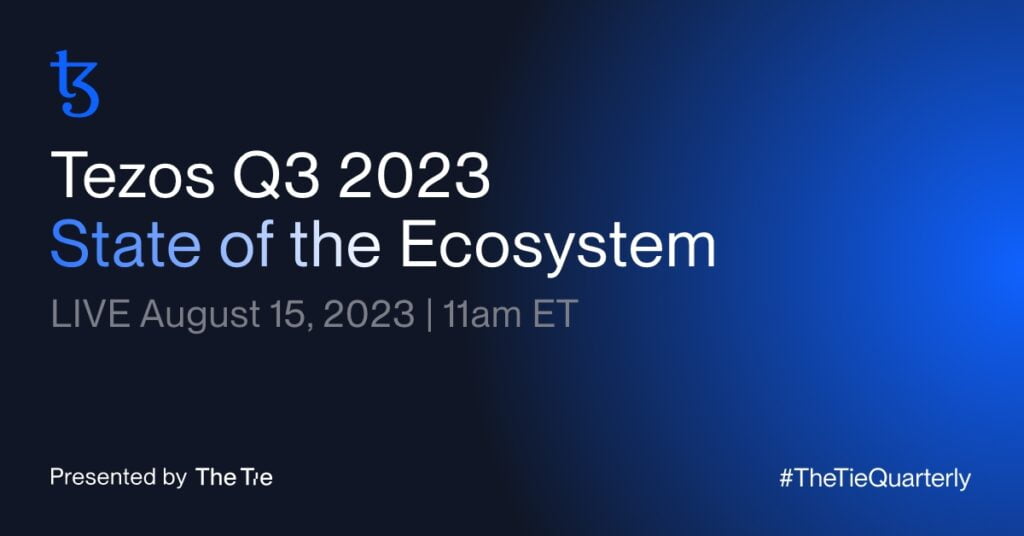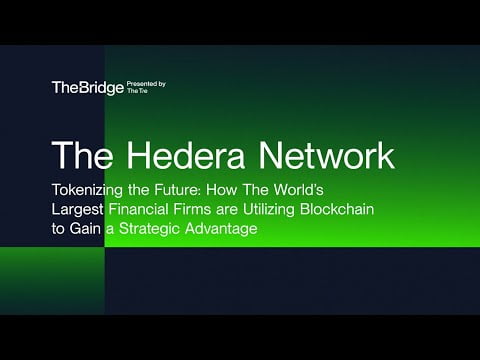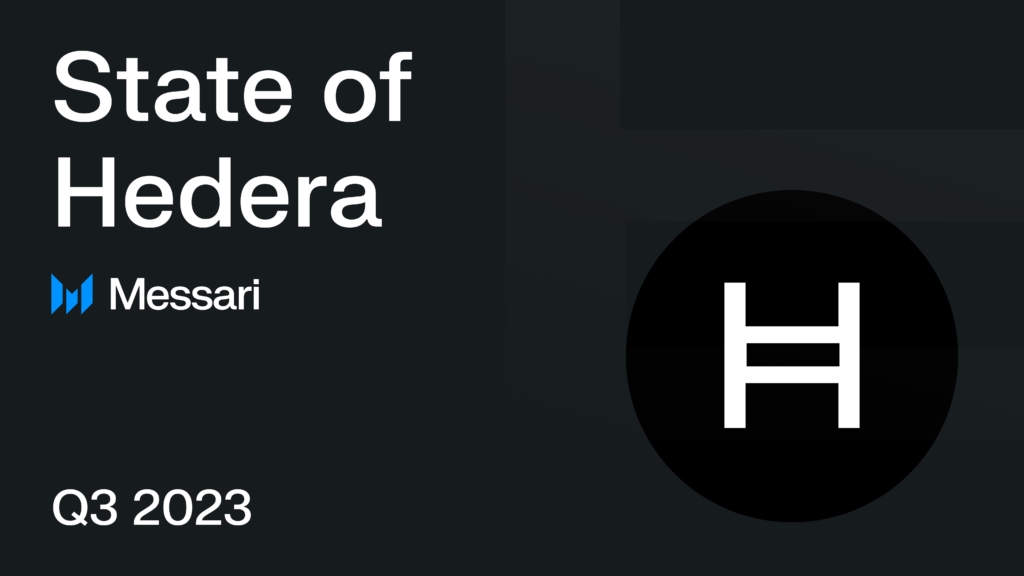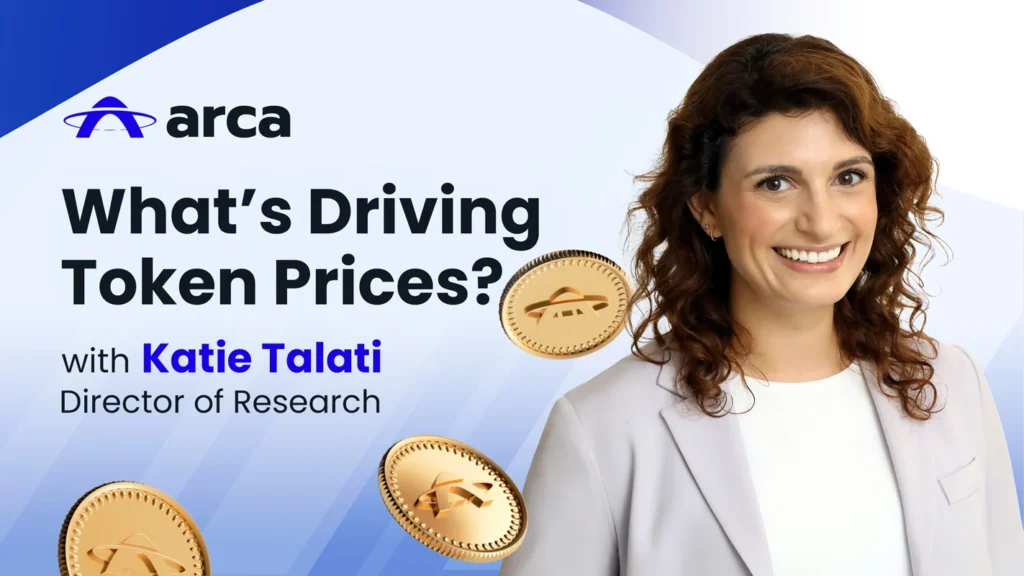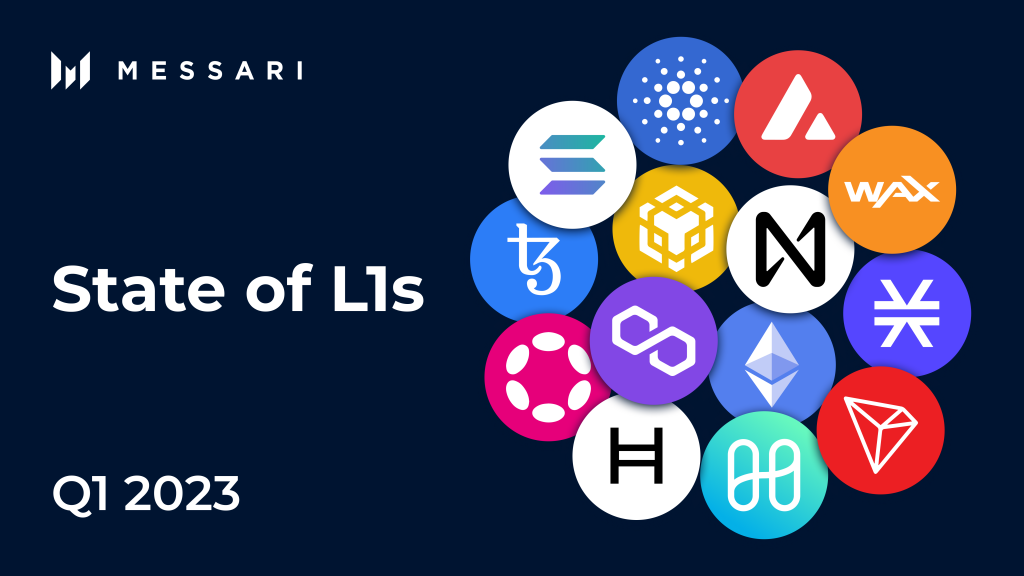Research Summary
The report discusses the presentation by Shayne Higdon, Co-Founder & CEO of The HBAR Foundation, on Hedera Network’s role in tokenizing the future and how major financial firms are leveraging blockchain for strategic advantage. The report highlights Hedera’s unique features, including its high transaction throughput, stablecoin creation and management, and real-time settlement capabilities. It also discusses Hedera’s efforts in rewiring card payments and its EVM compatibility.
Key Takeaways
Hedera’s Role in Tokenization and Stablecoins
- Tokenization of Assets: Abrdn, a financial services company, has tokenized its money market fund and the assets in the fund on Hedera. The tokenized assets are listed on Archax, a regulated digital asset exchange, providing investors with enhanced transparency, verifiable pricing, increased liquidity, and streamlined access.
- Stablecoin Studio: Hedera launched Stablecoin Studio in September 2023 to simplify stablecoin creation and management. This software development kit (SDK) and command-line interface (CLI) facilitate the minting, creation, pausing, and management of stablecoins on the Hedera network.
- Stablecoin Use Case: Shinhan Bank, a Korean financial institution, has developed and tokenized a stablecoin for international remittance on the Hedera network, significantly improving processing times, enhancing system transparency and integrity, and reducing transaction costs.
Rewiring Card Payments
- Card Payment System: Hedera is developing a solution to rewire card payments, aiming to make them faster, more transparent, and more efficient. The current card payment system is slow, expensive, and prone to fraud. Hedera’s solution aims to address these challenges by leveraging distributed ledgers, blockchain, and smart contracts.
EVM Compatibility and Real-Time Settlements
- EVM Compatibility: Hedera’s EVM compatibility allows developers to build decentralized applications (dApps) on Hedera using the Ethereum Virtual Machine (EVM). Existing dApps built on Ethereum can be easily ported to Hedera, and developers can use their existing Ethereum skills and tools to build new dApps on Hedera.
- Real-Time Settlements: Hedera’s real-time settlement capabilities, encompassing both instant transactions and streaming settlement, make it a good choice for international remittances and businesses requiring rapid transaction processing.
Hedera’s Governing Council
- Decentralized Governance: Unlike traditional blockchain networks, which are controlled by a small group of developers or a single entity, the Hedera Governing Council is made up of 39 diverse organizations from various industries and geographies. This decentralized approach ensures that no single entity wields excessive power over the network’s direction, fostering a more equitable and democratic governance model.
Actionable Insights
- Exploring Tokenization: Financial institutions and asset managers should explore the potential of tokenizing assets on platforms like Hedera to enhance transparency, verifiable pricing, and liquidity.
- Stablecoin Development: Organizations interested in creating and managing stablecoins should consider leveraging tools like Hedera’s Stablecoin Studio for ease of use, comprehensive features, and integration with a fast and low-fee network.
- Payment System Innovation: Payment processors and merchants should investigate the potential of blockchain-based solutions to rewire card payments for faster, cheaper, and more secure transactions.
- Blockchain Development: Developers should consider the benefits of EVM-compatible platforms like Hedera for building or porting decentralized applications, taking advantage of real-time settlement capabilities.
- Understanding Decentralized Governance: Blockchain stakeholders should study Hedera’s decentralized governance model as a potential blueprint for equitable and democratic network management.

